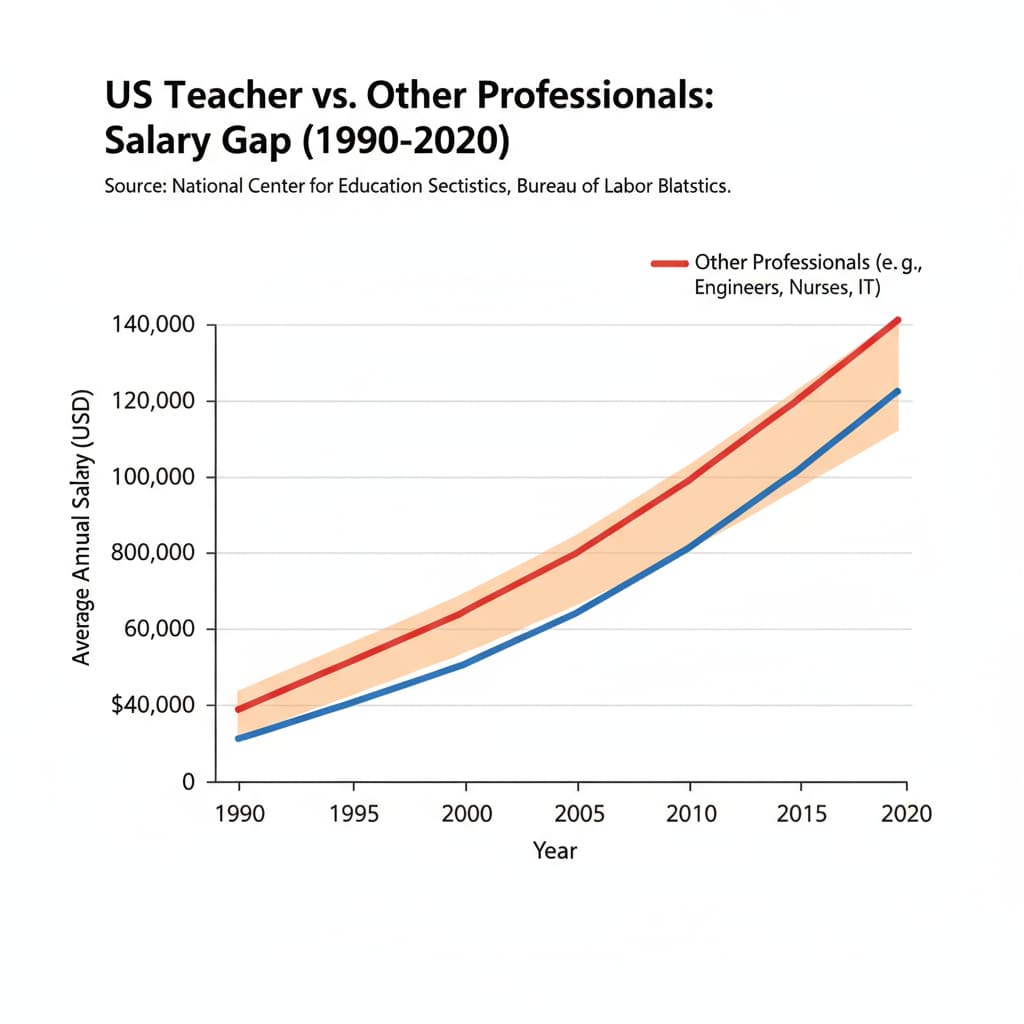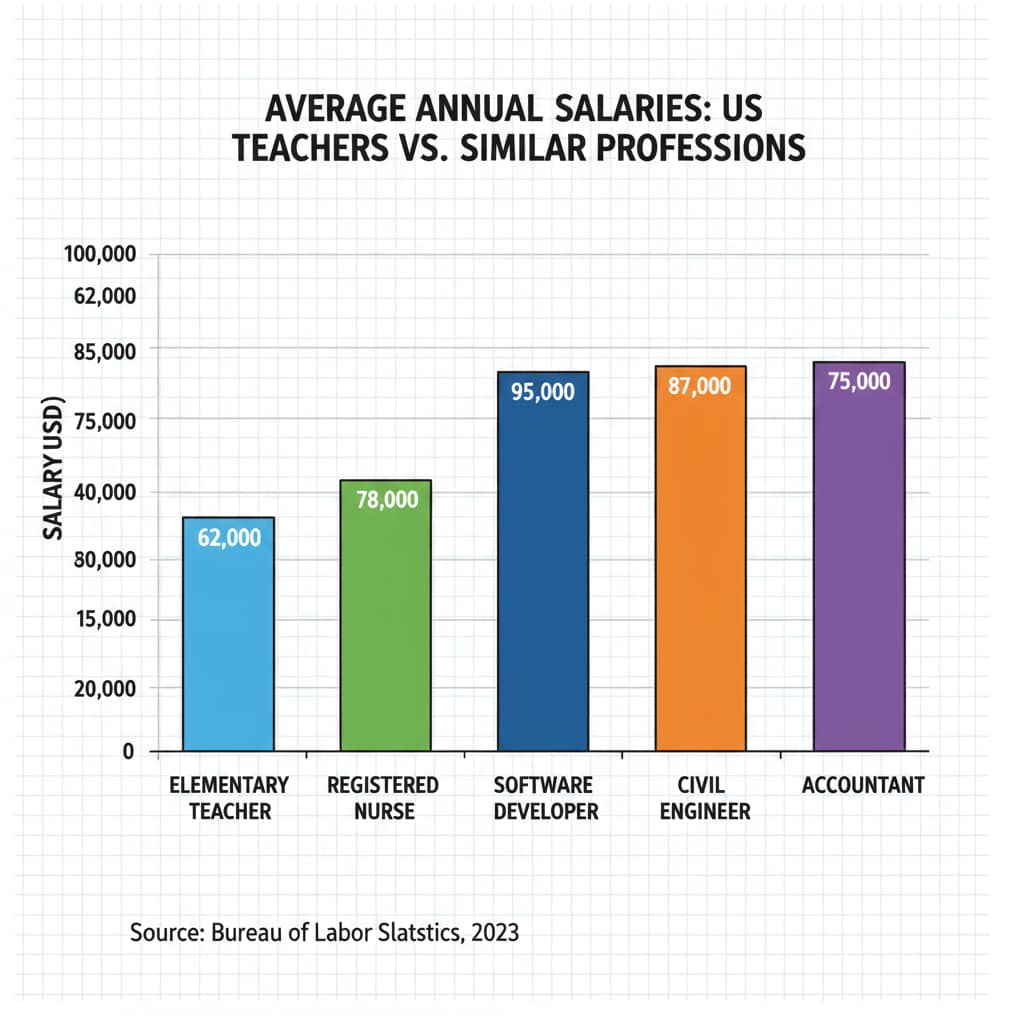The issue of teacher salaries, income gaps, and teacher shortages in the United States has reached a critical point. The income gap between teachers and professionals with similar educational attainment has now expanded to a record 27%, posing serious threats to the stability of the teaching workforce and the quality of K12 education.

This growing disparity is a complex problem that demands immediate attention.
The Widening Income Gap
The 27% gap is a clear indication of the challenges faced by educators. In recent years, while salaries in many other professions have been on the rise, teachers have seen relatively stagnant pay. For example, according to data from the Bureau of Labor Statistics Bureau of Labor Statistics official site, the average salary of teachers has not kept pace with that of other college-educated professionals. This has led to a situation where many talented individuals are deterred from entering the teaching profession.

Impact on Teacher Shortages
The salary gap is a major contributing factor to the teacher shortage crisis. As the gap widens, fewer people are willing to pursue teaching as a career. The high cost of education, combined with relatively low pay, makes it an unattractive option. In addition, experienced teachers may be lured away by better-paying jobs in other fields. This shortage of teachers has a direct impact on the quality of education, as schools struggle to find qualified educators to fill classrooms.
The consequences of the teacher shortage are far-reaching. Class sizes may increase, reducing the amount of individual attention students can receive. It can also lead to a lack of specialized instruction in certain subjects. For instance, schools may have difficulty finding teachers for advanced math or science courses, limiting students’ educational opportunities.
Readability guidance: As we can see, the problems related to teacher salaries, income gaps, and teacher shortages are intertwined. The widening gap not only affects the teaching profession but also has a domino effect on the entire education system. We need to take immediate action to address these issues.
One potential solution is to increase teacher salaries. This could involve government initiatives to allocate more funds to education budgets specifically for teacher pay raises. Another approach could be to offer incentives such as student loan forgiveness or signing bonuses to attract and retain teachers. Additionally, improving working conditions and providing more professional development opportunities can also make teaching a more appealing career choice.
In conclusion, the 27% salary gap between US teachers and other professionals is a wake-up call. It is essential that we take steps to reduce this gap, address the teacher shortage, and ensure the quality of education for future generations. By investing in our teachers, we are investing in the future of our society.


